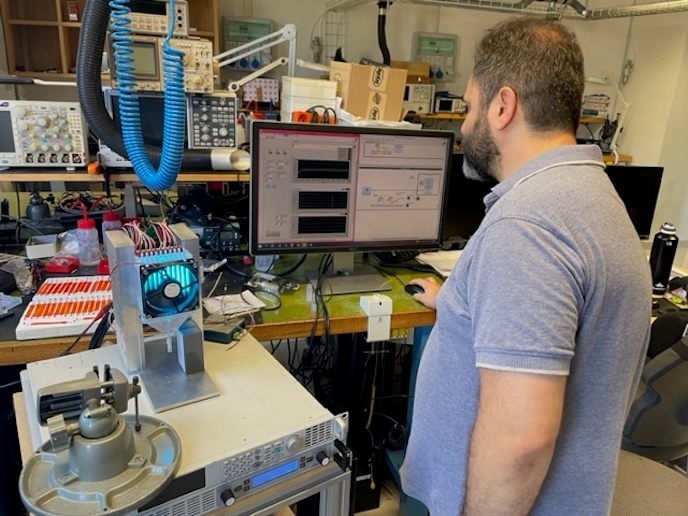New diagnostic device for cervical cancer
Cervical cancer, which is caused by the human papilloma virus (HPV), remains a major killer of women aged 15–49, particularly in developing countries. But current detection methods often take a long time and can either over- or underestimate the severity of the disease. This means that patients are often over- or undertreated, which puts tremendous pressures on healthcare systems. As part of the EU-funded 'Automatic cancer screening based on real-time PCR' (AUTOCAST) project, researchers came up with a new point-of-care (POC) device that delivers a more accurate result in a much shorter period of time. A Papanicolaou (PAP) smear sample can be applied to the device, which detects certain genetic markers present only when the patient actually has cervical cancer. A disposable cartridge is used for the test, which could make it suitable for large-scale fabrication and commercial uptake. The cartridge could also be easily customised to detect the biomarkers of other diseases. This unique device could have a huge impact on current cervical screening programmes, particularly in the context of vaccinations against this cancer. And, by improving the accuracy of the diagnosis, the screening tool could result in a reduction of healthcare costs. In addition, the technology itself could be applied in other fields like food safety, environmental monitoring and homeland security.







